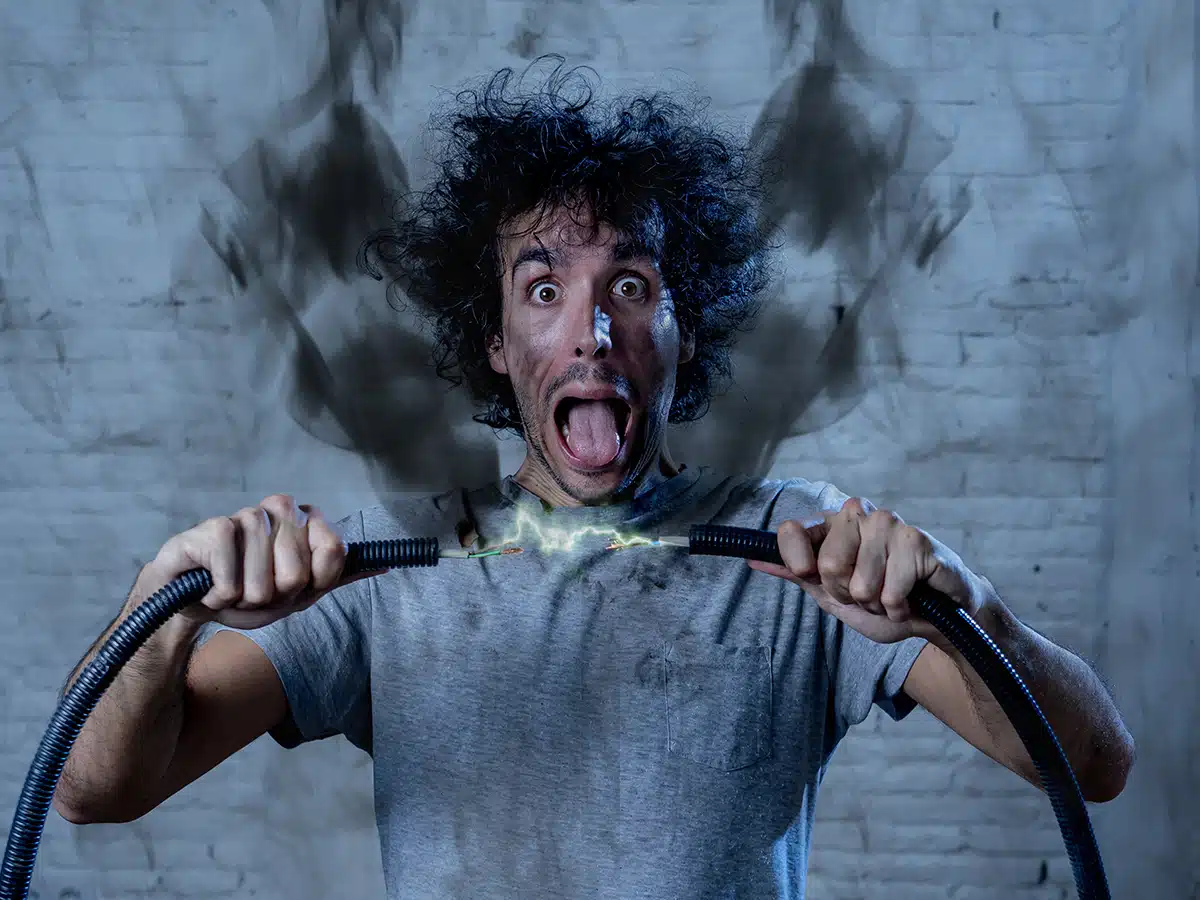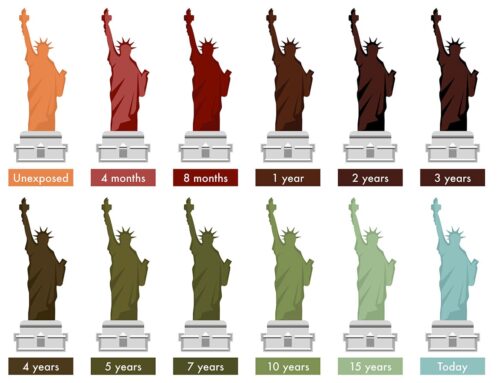In practice, many people do not seem to be clear about what is meant when they talk about rework, repair and touch-up. In this article we will try to provide some clarity.
A wire in a wiring harness is broken, a pad/track on a circuit board is lifted or burned, the gold layer on a contact is damaged, the circuit board laminate is burned or otherwise damaged, possibly bent or broken. The repair of this falls under the IPC repair concept. In most cases, the damaged product no longer works or no longer works reliably and the repair restores the function. The repaired product will always have differences compared to an unprocessed, original (undamaged) product.
For example, the repair process may consist of soldering a jumper over a broken conductor on a circuit board, reconnecting a broken wire in a wiring harness with a splice (crimped/soldered), milling out and repairing a burnt piece on a circuit board, and much more in the processes described in IPC-7721. Whether a repair is permitted almost always needs to be discussed with the customer.
A polar component is placed in the wrong direction, the solder connection is inadequate, a wrong component has been assembled, a short circuit (solder bridge that unintentionally connects two connections), the solder connection has a crack, a component is damaged, a flashover in the solder mask or the like PCB supplier sees a copper connection between 2 conductor tracks. All of these problems could be solved by rework. Sometimes just briefly warming up the connection is enough to solve the problem. After successful completion of this action, the product is 100% an unprocessed product. IPC-7711 describes a large amount of rework procedures.
Although rework is generally permitted in IPC publications such as IPC/WHMA-A-620, IPC/J-STD-001 and IPC-6012, it still regularly occurs that customers specify in their contracts that rework on their products is not permitted. In such cases, some employees or companies get creative and refer to their interventions in a soldering joint as a “touch-up”. The arguments I sometimes hear are that if the product has to be removed from the production line for processing, it is rework, and as long as it remains on the line, it is touch-up. In some companies, someone already stands at the end of the soldering line with a soldering iron in his/her hand to immediately correct small deviations, such as too little solder, and calls their tasks touch-up.
However, a name change does not mean that physical processes can be changed. Reheating an existing, already cooled solder joint inevitably leads to an additional thermal shock. In addition, the intermetallic layer becomes thicker. And the danger of a cold solder joint lurks. All three of these phenomena can affect the reliability of a solder connection. And if I as a customer order circuit boards and exclude rework in my contract with the circuit board supplier, they are not allowed to rework any defects in the solder mask, even if they describe it as touch-up.
We have deliberately not cited the official IPC definitions in this article. However, if you want to know this, you can find it in the document IPC-T-50.










